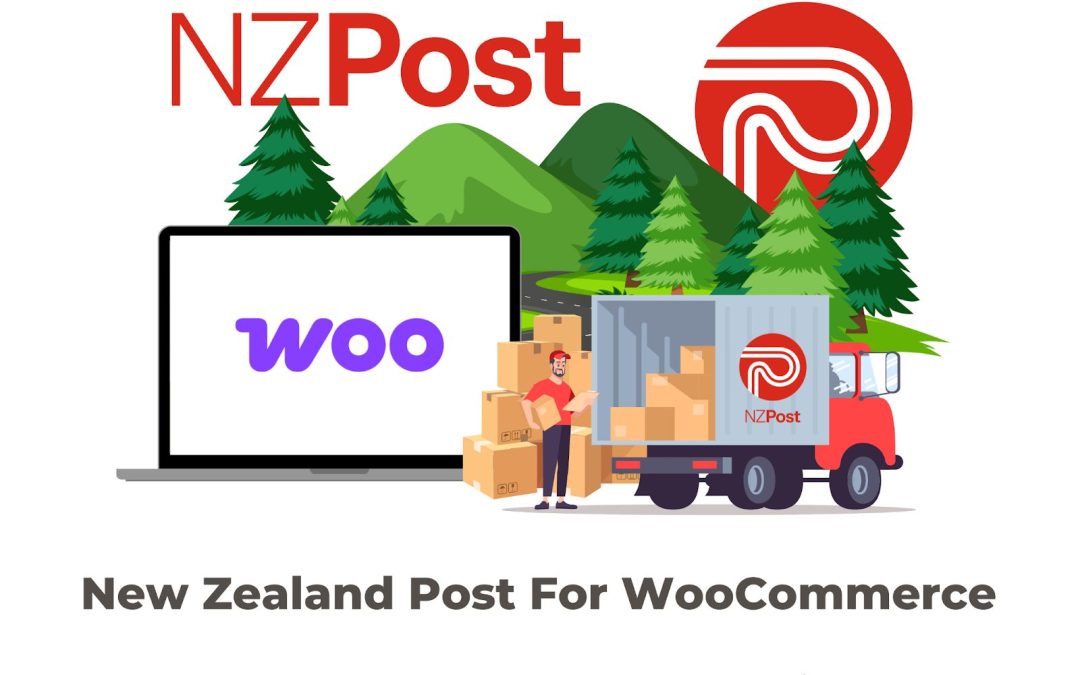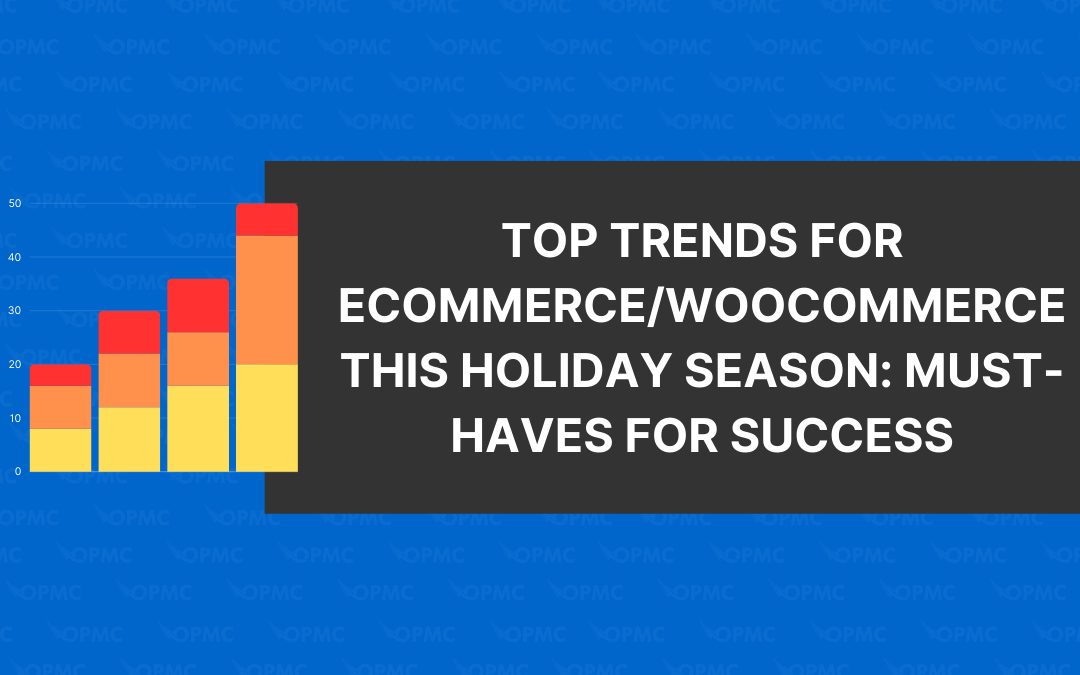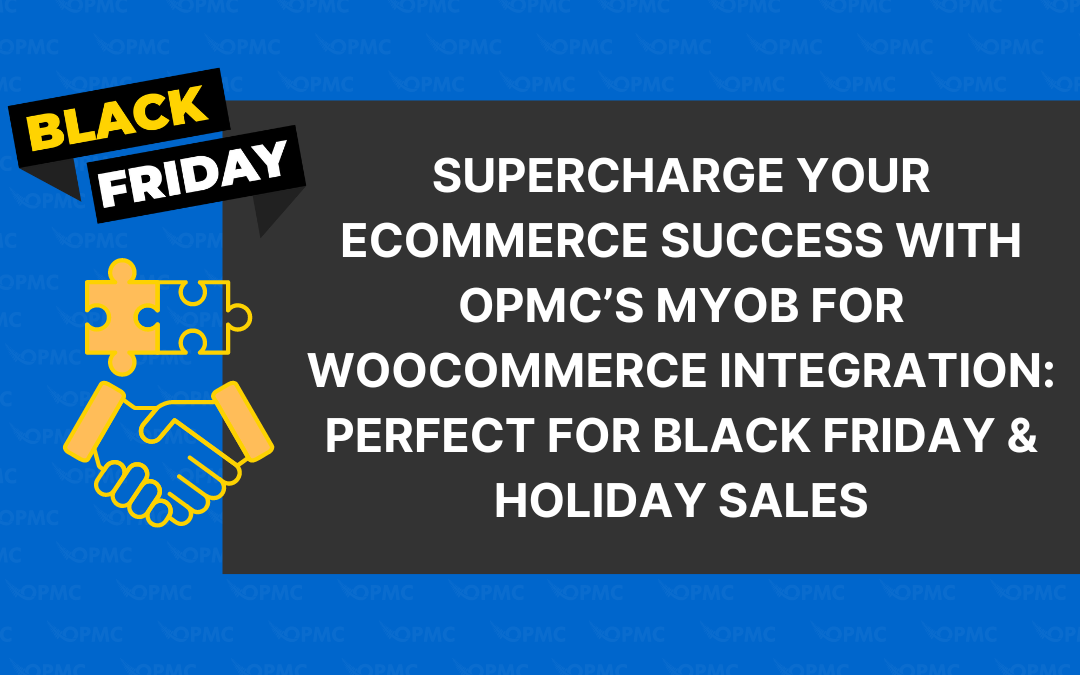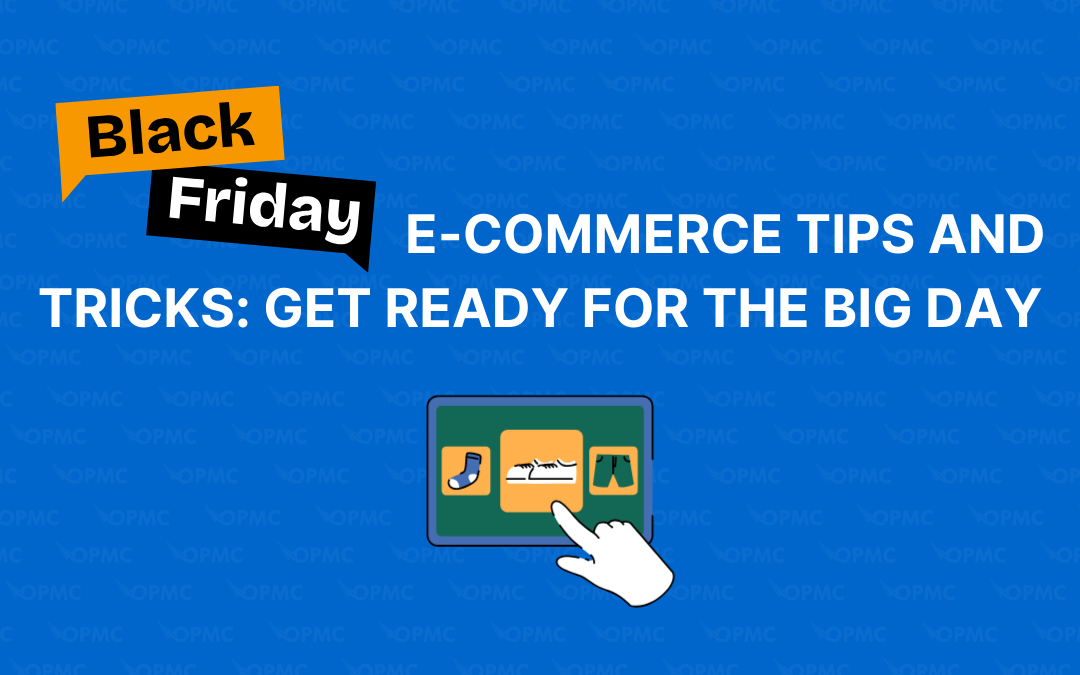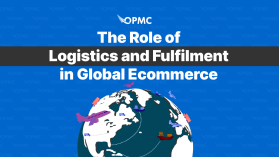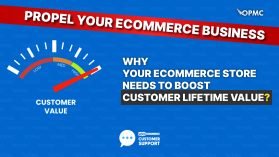Ecommerce automation is the use of technology to streamline and optimize various processes in an online retail business. From marketing and inventory management to order fulfillment and customer service, automation can significantly improve efficiency and productivity, leading to increased profits and a better overall customer experience.
Automation is the future of ecommerce. It can be challenging to get everything up and running for companies that are just starting out.
However, as you grow and expand your business, automating specific processes can save time and money by eliminating manual tasks allowing you to focus on what’s important: growing your business!
Types of Ecommerce Automation
There are several different types of ecommerce automation that businesses can use to improve their operations. By combining these automation tools, companies can create a seamless and efficient ecommerce experience for their customers. This can include:
Marketing automation
The first step in ecommerce automation is marketing automation, which is a set of tools that help you create and send automated marketing campaigns. These campaigns can be used for email, social media, or any other marketing channel you choose.
Marketing automation helps you personalize your messages based on customer preferences and behaviours. It also provides a better customer experience by sending personalized offers, reminders, and thank-you’s to each individual customer when they interact with your brand.
Inventory management automation
Inventory management automation tools can automatically update product prices, inventory levels, and stock availability. This helps to avoid out-of-stock situations, ensure that the right products are available at the right time, and help you manage your inventory costs.
Order fulfillment automation
This is a set of technologies that can help you manage your inventory and orders, as well as track deliveries, so you know when to expect your packages and follow up with customers if there are any issues.
Customer service automation
Customer service is one of the most critical parts of your ecommerce business, and you should always be looking for ways to improve it. When you’re handling customer queries, it’s easy to lose track of what an individual customer needs or wants when contacting you.
With automated customer service tools and software, however, this is no longer an issue! You’ll be able to keep track of every single query with ease—and even make suggestions based on past conversations that have gone well or poorly before responding to new ones.
Benefits of Ecommerce Automation
Ecommerce automation is a way of improving the efficiency, productivity, and effectiveness of your ecommerce business. It’s a solution that can help you to make better decisions about your operations and enhance customer experience by responding to their needs faster.
This provides a wealth of unique benefits that can boost your online reputation and elevate your WooCommerce storefront over your competitors. That can be related to:
Increased efficiency and productivity
The goal is to automate mundane, repetitive tasks that take up way too much of your team’s valuable time and your online business’s limited financial resources. Automation tools like AI/ML, bots, RPA, and more are designed to fill those efficiency gaps, so your ecommerce storefront operates as smoothly as possible.
Improved customer experience
Customer service automation is a great way to provide an improved customer experience. For example, Chatbots can answer common questions, help customers find products, and avoid shopping cart abandonment. Automated emails can be used to send out coupons and product updates, while automated email campaigns can be used to send out newsletters.
Enhanced data analysis and decision-making
Data analysis is the key to success in ecommerce, and it’s no secret that ease of access to data is essential. The data must be accurate and up to date, as well as easily accessible to all stakeholders. This means you will have clear insight into your marketing campaigns, advertising spending, and sales performance.
Reduced operational costs
Ecommerce automation is a great way to reduce operational costs. By reducing labour, office space, time and energy spent on manual tasks, you can save money while also improving customer experience.
Even with all these various benefits, ecommerce automation does not come without some risks as well. You have to take your time and evaluate which tools will best boost your efficiencies before jumping in headfirst.
Challenges of Ecommerce Automation
While ecommerce automation can be a powerful tool for your business, it’s important to understand the challenges involved like:
Initial setup and implementation costs
Cost is always a significant consideration for ecommerce retailers. The initial setup and implementation costs are high, but they are usually worth it if you can increase your sales volume significantly.
Maintenance and updates
Once you have your automation tool set up and it’s running smoothly, there’s still one more hurdle to overcome: keeping your tools updated.
Updates can often break things that are working well and make them stop working at all. In addition, updates often require changes to settings in the tool. If you don’t do this right away, you might lose data or run into errors that prevent specific processes from happening correctly.
Ensuring data accuracy and security
In an online store, data is constantly collected and analysed to ensure that your business is running smoothly. This data is critical to your success and must be protected at all costs. This is even more critical if you have consumer data stored as this is considered private by many countries and can limit your operations without proper protections.
Examples of Ecommerce Automation in Action
Ecommerce automation is being used in a variety of ways to improve the online shopping experience. Here are a few examples of how businesses are utilizing automation:
- Personalized email marketing campaigns: By using marketing automation tools, businesses can create personalized email campaigns tailored to each customer’s interests and purchase history. This helps to increase customer engagement and sales.
- Real-time inventory tracking: With inventory management automation, businesses can track their stock levels in real-time, ensuring they always have the products their customers want. This helps to prevent out-of-stock situations and keeps the shopping experience running smoothly.
- Automatic order processing and fulfillment: Automated order fulfillment systems can handle the entire order process, from payment to packing and shipping. This helps to speed up the delivery process and reduces the risk of errors.
- Chatbots for customer service: Chatbots and other AI assistants can help businesses quickly and accurately respond to customer inquiries and requests, improving the overall customer experience.
Where to Learn More
The first step in setting up your WooCommerce automation is to define the problem you’re trying to solve. Once your plan is laid out, it’s time to start setting up WooCommerce automation via plugins.
At OPMC, we have spent years developing plugins explicitly designed to boost automation in our own business. Now we provide these powerful tools to consumers hoping to join the lucrative world of ecommerce.
We have an entire store packed with custom plugins options like:
- Customer Support for WooCommerce
- Odoo for WooCommerce
- WooCommerce Anti-Fraud
Having tools that integrate shipping, accounting, customer service, security, and more dramatically improves your business operations, and we can help. Visit our online store to learn more about the automation plugins for WooCommerce provided by our expert team at OPMC.
Conclusion
Automation is an exciting and powerful tool that can transform your ecommerce business. It’s also one of the most important trends in ecommerce today. By automating key processes, you can save time, reduce costs, improve customer service, and increase revenue.
The best part about this is that it doesn’t have to be complicated or expensive either! Using automation tools as we provide through our online store will help you get started quickly without breaking your budget or having to hire a developer.
Visit our store today!
Get a powerful boost to your security, customer support, inventory management, and more…

